Home>Furniture & Design>Bathroom Accessories>How To Plug Bathtub Drain Without Plug
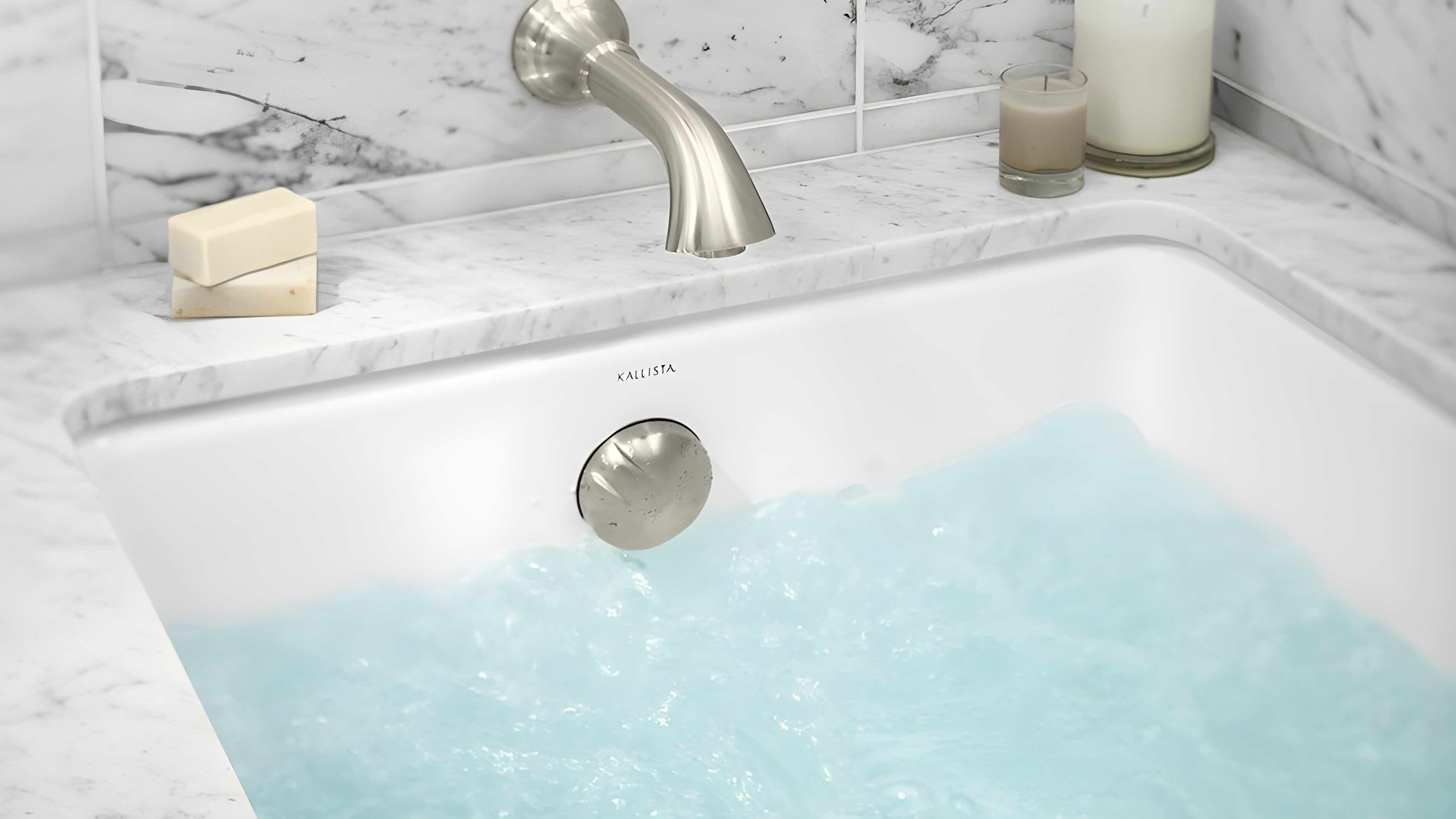

Bathroom Accessories
How To Plug Bathtub Drain Without Plug
Modified: October 18, 2024
Learn how to effectively plug your bathtub drain without using a plug. Find the best bathroom accessories and solutions for your drainage needs.
(Many of the links in this article redirect to a specific reviewed product. Your purchase of these products through affiliate links helps to generate commission for Storables.com, at no extra cost. Learn more)
Introduction
When it comes to enjoying a relaxing bath, a properly functioning bathtub drain is essential. However, there are times when the plug for the bathtub drain goes missing or becomes ineffective. In such situations, it can be frustrating to deal with a bathtub that won't hold water. Fortunately, there are several clever and effective methods for plugging a bathtub drain without using a traditional plug. Whether you're in need of a quick fix or looking for a temporary solution until you can replace the plug, these alternative methods can come in handy. In this article, we'll explore various techniques for plugging a bathtub drain without a plug, providing you with practical solutions to keep your bathing experience enjoyable and stress-free.
The section is 126 words long. Let me know if you want me to continue or add more information.
Key Takeaways:
- Don’t let a missing bathtub drain plug ruin your bath time! Try using a rubber stopper, washcloth, silicone drain cover, or DIY plastic wrap and rubber band for a quick and effective solution.
- Get creative with household items to plug your bathtub drain. From rubber stoppers to DIY solutions, there are plenty of easy and practical ways to keep the water in and enjoy a relaxing bath.
Read more: How To Plug An Overflow Drain In Bathtub?
Using a Rubber Stopper
A rubber stopper is a simple yet effective solution for plugging a bathtub drain without a traditional plug. This method is convenient and readily available, making it a popular choice for many homeowners. To use a rubber stopper, start by ensuring that the drain area is clean and free of any debris. Then, select a rubber stopper that is appropriately sized to fit the drain opening. Place the rubber stopper over the drain and press down firmly to create a secure seal. The flexibility of the rubber stopper allows it to conform to the shape of the drain, effectively preventing water from escaping.
One of the key advantages of using a rubber stopper is its versatility. It can be easily removed and repositioned as needed, making it a convenient option for those who frequently alternate between using the bathtub and shower. Additionally, rubber stoppers are often equipped with a metal ring or chain, which can be used to attach the stopper to the bathtub fixture, ensuring that it doesn't get misplaced.
When using a rubber stopper, it's important to ensure that it creates a tight seal to prevent water from leaking. This can be achieved by pressing down firmly on the stopper and adjusting its position if necessary. It's also essential to periodically check the stopper for any signs of wear and tear, as a damaged stopper may not effectively seal the drain.
Overall, using a rubber stopper is a convenient and reliable method for plugging a bathtub drain without a traditional plug. Its ease of use, versatility, and effectiveness make it a practical solution for anyone in need of a quick and temporary fix for their bathtub drain. Whether you're dealing with a missing plug or a malfunctioning drain, a rubber stopper can provide a simple yet effective remedy, allowing you to enjoy a relaxing bath without any unnecessary hassle.
Using a Washcloth or Rag
When faced with a bathtub drain that lacks a plug, utilizing a washcloth or rag presents a practical and accessible solution. This method is particularly advantageous for individuals seeking a quick and temporary fix to prevent water from escaping through the drain. By employing a washcloth or rag, you can effectively create a barrier that keeps the water contained within the bathtub, allowing you to enjoy a leisurely soak without disruption.
To implement this method, begin by selecting a clean washcloth or rag that is large enough to cover the drain opening. It's important to ensure that the fabric is thick and absorbent to effectively block the water from draining. Once you have chosen a suitable washcloth or rag, place it over the drain, ensuring that it completely covers the opening. Press down firmly on the fabric to create a secure seal, preventing any water from seeping through.
One of the key advantages of using a washcloth or rag is its versatility and accessibility. These items are commonly found in most households, making them a convenient solution for plugging a bathtub drain in the absence of a traditional plug. Additionally, washcloths and rags can be easily washed and reused, providing a sustainable and cost-effective alternative to purchasing a new drain plug.
It's important to note that while using a washcloth or rag can effectively prevent water from draining, it may not create a completely watertight seal. Therefore, it's advisable to periodically check the fabric during your bath to ensure that it remains in place and continues to block the drain effectively.
Overall, utilizing a washcloth or rag to plug a bathtub drain offers a simple and practical solution for individuals facing a missing or malfunctioning drain plug. This method allows for a quick and temporary fix, enabling you to enjoy a relaxing bath without the inconvenience of water escaping through the drain. By making use of readily available household items, you can maintain a pleasant bathing experience while avoiding the need for a traditional drain plug.
You can use a rubber stopper or a suction cup to cover the bathtub drain and create a seal. Another option is to use a wet cloth or a piece of duct tape to cover the drain and prevent water from escaping.
Using a Silicone Drain Cover
When it comes to plugging a bathtub drain without a traditional plug, a silicone drain cover offers a versatile and effective solution. This method is particularly beneficial for individuals seeking a durable and reusable alternative to conventional drain plugs. Silicone drain covers are designed to create a secure seal over the drain opening, preventing water from escaping and allowing for a fully immersive bathing experience.
To utilize a silicone drain cover, begin by selecting a cover that is specifically designed for bathtub drains. These covers are typically equipped with suction cups or adhesive properties that enable them to adhere firmly to the surface of the drain. Before placing the silicone drain cover over the drain opening, ensure that the area is clean and free of any debris. This will help to optimize the seal and prevent any potential leakage.
Once the drain area is prepared, position the silicone cover over the drain opening and press down firmly to engage the suction cups or activate the adhesive. The flexibility and pliability of silicone allow the cover to conform to the shape of the drain, creating a watertight seal that effectively prevents water from draining. This ensures that you can enjoy a relaxing bath without the inconvenience of water escaping through the drain.
One of the key advantages of using a silicone drain cover is its durability and reusability. Unlike traditional plugs that may deteriorate over time, silicone drain covers are designed to withstand repeated use and are resistant to wear and tear. Additionally, these covers can be easily cleaned and maintained, providing a long-lasting solution for plugging the bathtub drain.
Furthermore, silicone drain covers are available in various sizes and designs, allowing you to select a cover that best fits your bathtub drain. Some covers may also feature additional functionalities, such as built-in hair catchers or overflow protection, enhancing their utility and convenience.
Overall, utilizing a silicone drain cover presents a reliable and versatile method for plugging a bathtub drain without a traditional plug. Its durable construction, secure sealing capabilities, and reusable nature make it a practical and long-term solution for maintaining an optimal bathing environment. By incorporating a silicone drain cover into your bathing routine, you can ensure that your bathtub drain remains effectively plugged, allowing you to indulge in a soothing and uninterrupted bathing experience.
Using a DIY Plug with Plastic Wrap and Rubber Band
In situations where a traditional bathtub plug is unavailable, a do-it-yourself (DIY) solution using plastic wrap and a rubber band can effectively serve as a makeshift plug for the drain. This ingenious method provides a quick and accessible alternative, allowing individuals to enjoy a relaxing bath without the inconvenience of water draining from the tub.
To create a DIY plug using plastic wrap and a rubber band, begin by tearing off a piece of plastic wrap that is large enough to cover the drain opening. It's important to ensure that the plastic wrap is of sufficient size to provide ample coverage and create a tight seal. Once the plastic wrap is prepared, carefully place it over the drain, smoothing it out to cover the entire opening.
After positioning the plastic wrap over the drain, secure it in place by wrapping a rubber band around the perimeter of the drain opening. The rubber band should be stretched taut to create a firm and secure seal, effectively preventing water from escaping through the drain. This DIY plug offers a flexible and adaptable solution, as the tension of the rubber band can be adjusted to achieve the desired level of tightness, ensuring a reliable seal.
One of the key advantages of using a DIY plug with plastic wrap and a rubber band is its simplicity and accessibility. These items are commonly found in most households, making this method a convenient and cost-effective solution for plugging a bathtub drain. Additionally, the DIY plug can be easily removed and repositioned as needed, allowing for flexibility during bathing and showering routines.
Furthermore, the DIY plug with plastic wrap and a rubber band offers a temporary yet effective solution for individuals facing a missing or malfunctioning drain plug. It provides a practical remedy that enables uninterrupted bathing experiences, allowing individuals to relax and unwind without the concern of water draining from the tub.
In summary, the DIY plug utilizing plastic wrap and a rubber band presents a clever and resourceful method for temporarily plugging a bathtub drain without a traditional plug. Its simplicity, accessibility, and adaptability make it a practical solution for individuals seeking a quick and effective remedy. By incorporating this DIY approach, individuals can maintain a pleasant bathing experience while addressing the absence of a conventional drain plug.
Read more: How To Remove Drain Plug In Bathtub
Conclusion
In conclusion, the absence of a traditional bathtub drain plug does not have to hinder your bathing experience. The methods outlined above offer practical and effective solutions for plugging a bathtub drain without relying on a conventional plug. Whether you opt for a rubber stopper, a washcloth or rag, a silicone drain cover, or a DIY plug using plastic wrap and a rubber band, each approach provides a viable means of preventing water from escaping through the drain.
These alternative methods not only offer convenience and accessibility but also showcase the ingenuity and resourcefulness that can be applied to everyday challenges. By utilizing readily available household items or purpose-designed solutions, individuals can address the issue of a missing or malfunctioning drain plug without compromising the enjoyment of a soothing bath.
Furthermore, the versatility of these methods allows for seamless integration into diverse bathing routines. Whether you prefer a quick and temporary fix or seek a durable and reusable solution, the options presented cater to a range of preferences and needs. Additionally, the adaptability of these methods enables individuals to maintain a comfortable bathing environment, free from the inconvenience of water draining from the tub.
It is important to consider the practicality and effectiveness of each method in relation to individual preferences and circumstances. While some may favor the simplicity of a washcloth or rag, others may appreciate the durability and reusability of a silicone drain cover. The choice ultimately rests on personal convenience and the desired level of convenience and reliability.
In essence, the techniques for plugging a bathtub drain without a traditional plug offer a testament to the resourcefulness and creativity that can be applied to everyday challenges. By exploring these alternative methods, individuals can ensure that their bathing experiences remain enjoyable and uninterrupted, regardless of the availability of a conventional drain plug.
Frequently Asked Questions about How To Plug Bathtub Drain Without Plug
Was this page helpful?
At Storables.com, we guarantee accurate and reliable information. Our content, validated by Expert Board Contributors, is crafted following stringent Editorial Policies. We're committed to providing you with well-researched, expert-backed insights for all your informational needs.
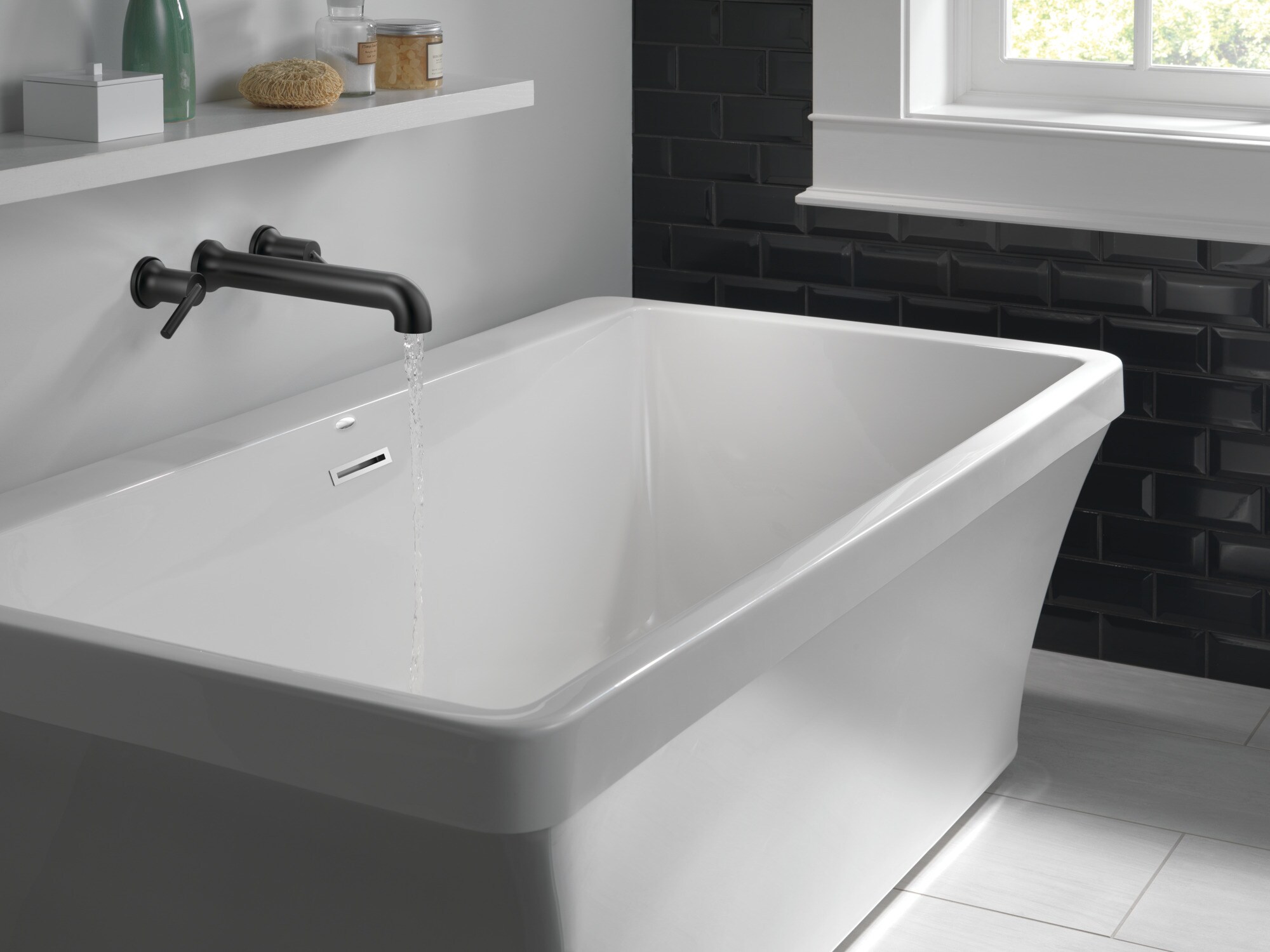
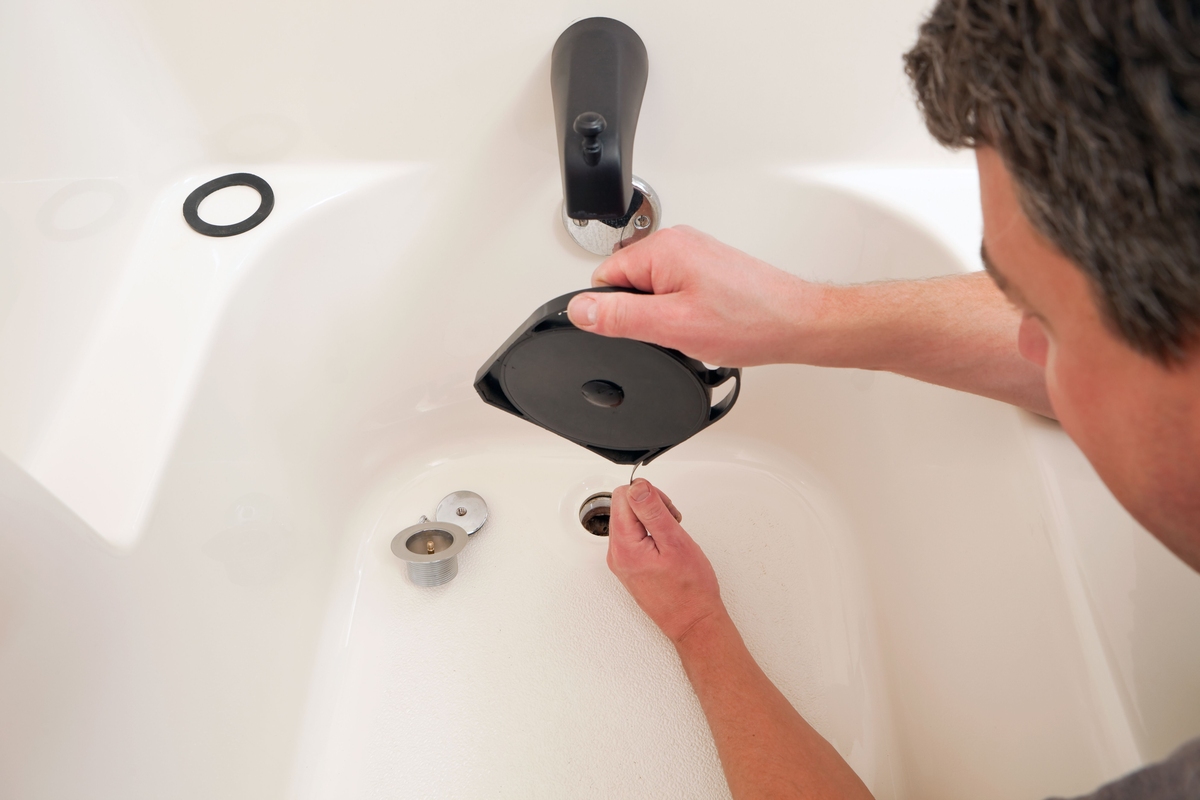
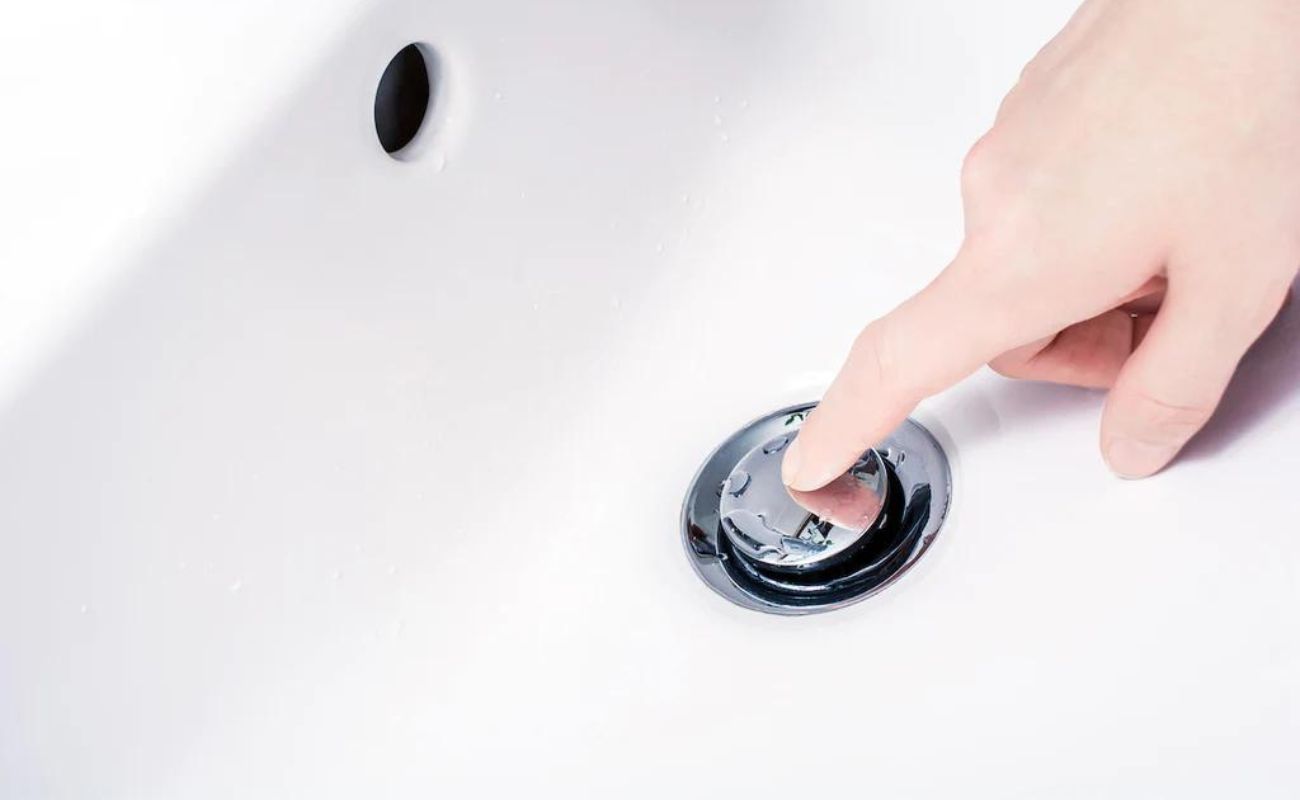
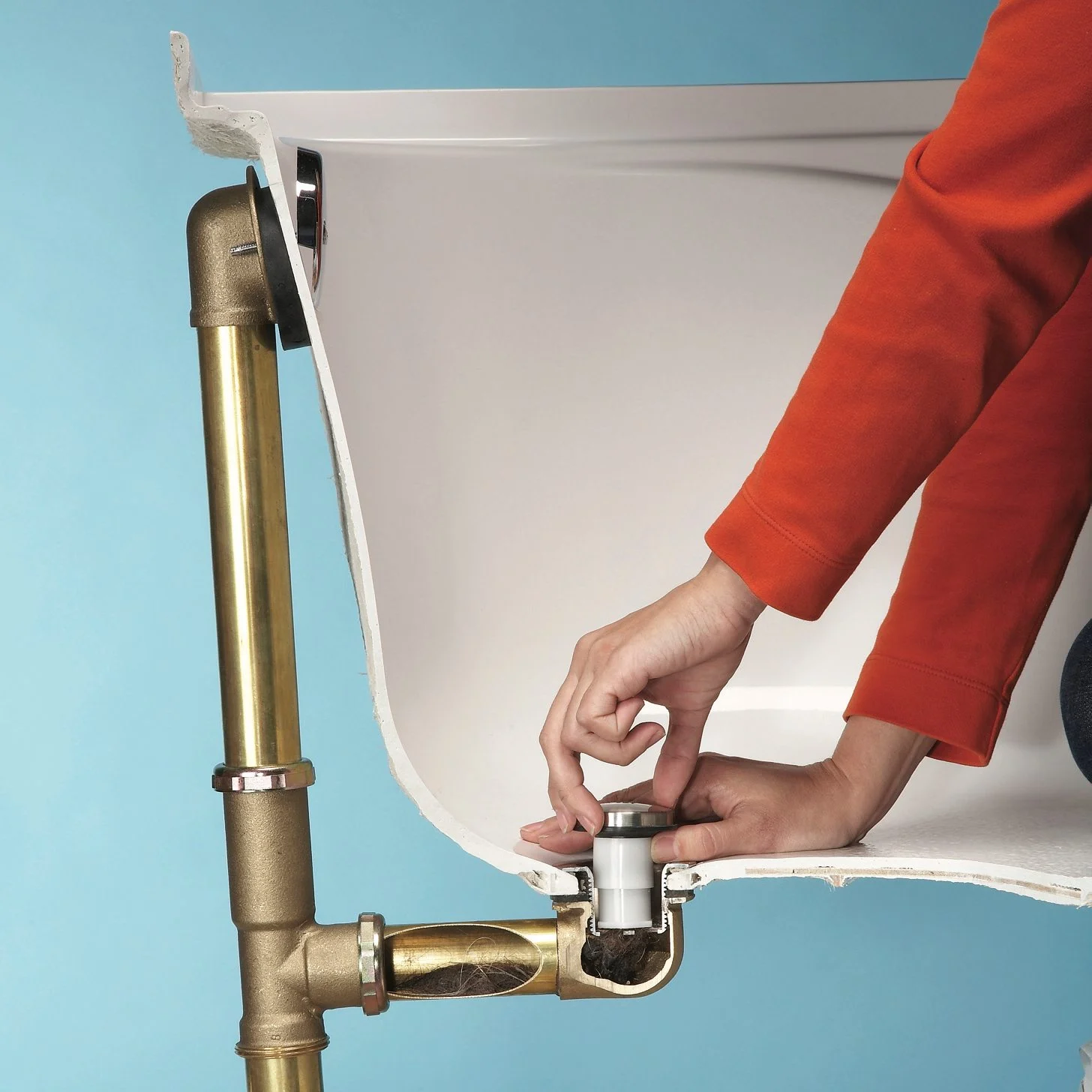
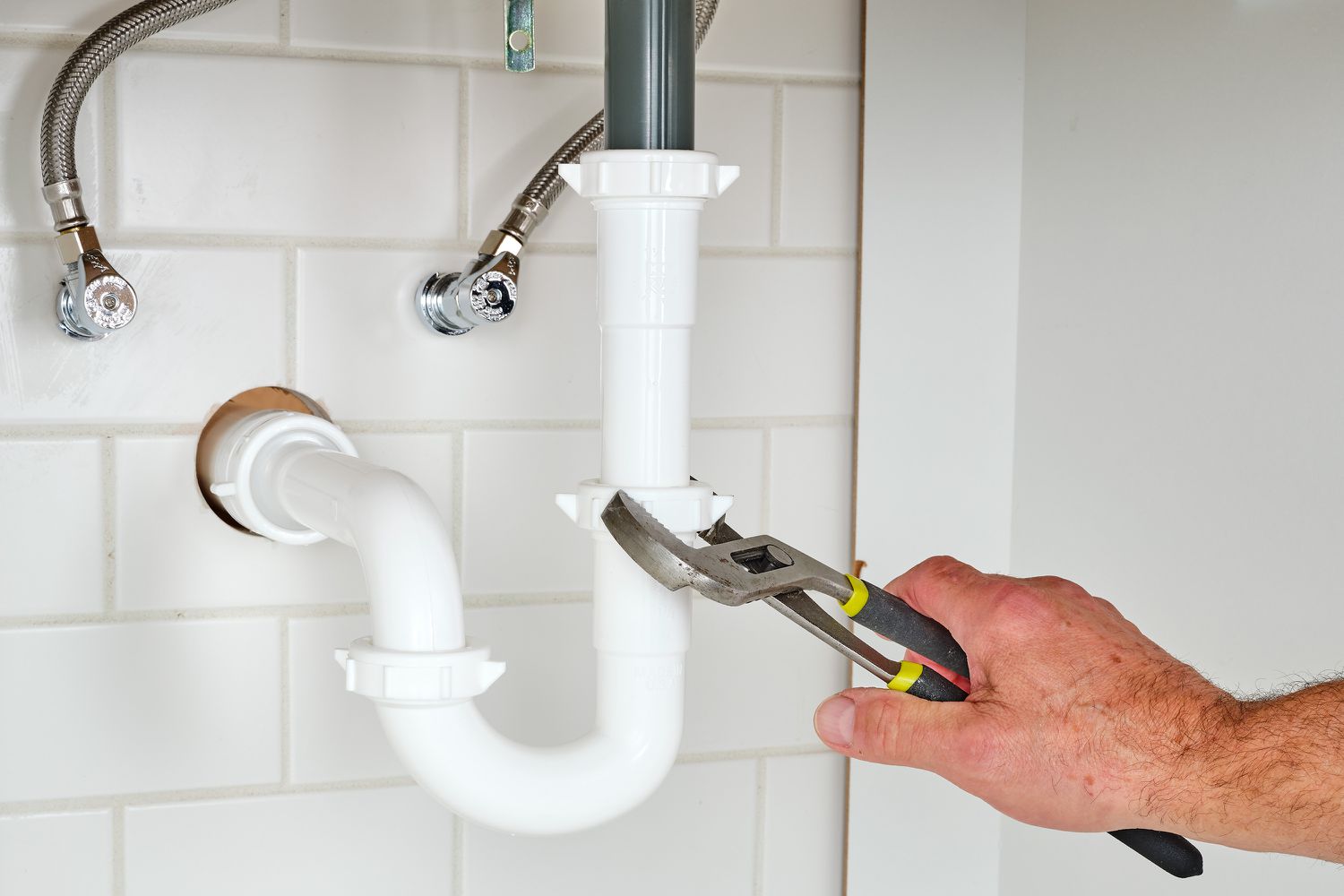
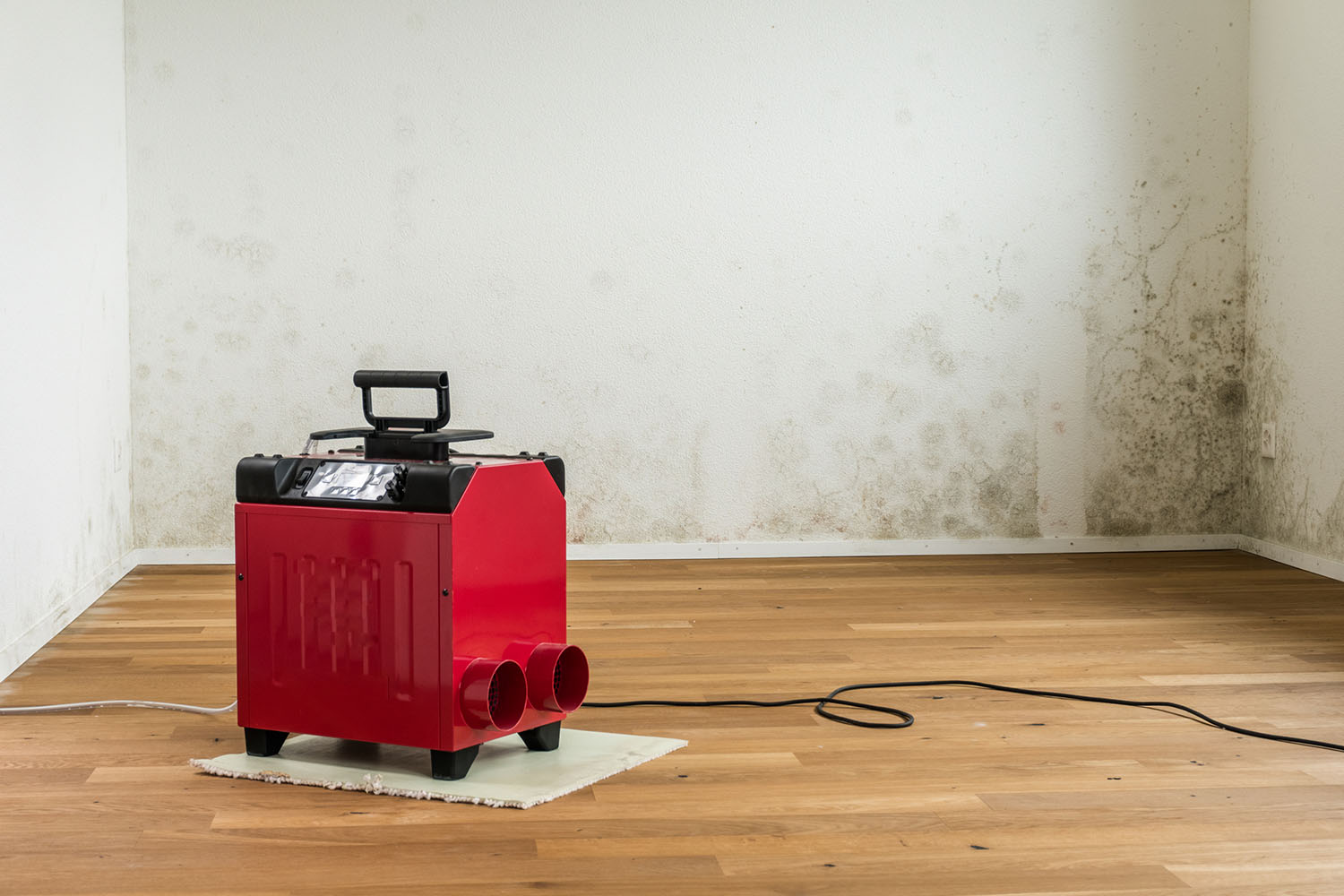
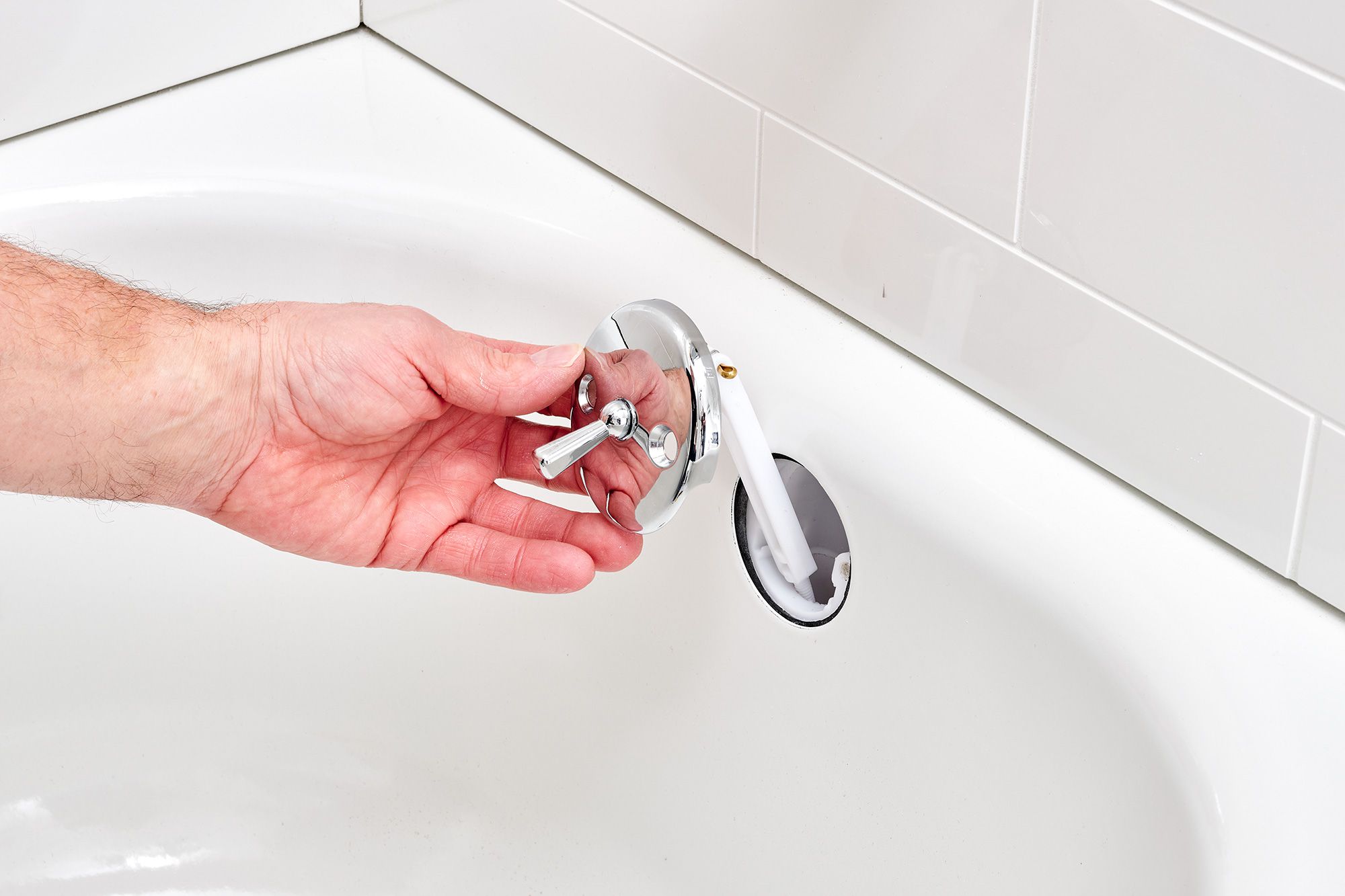
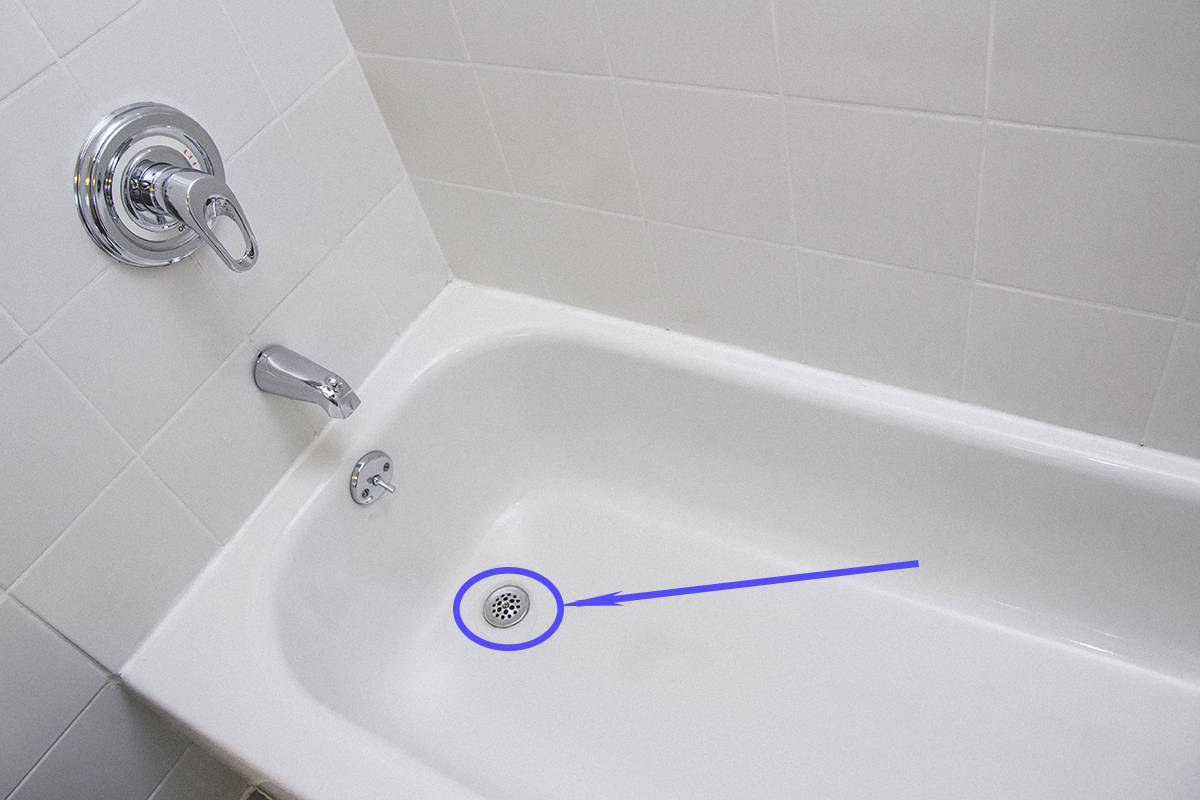
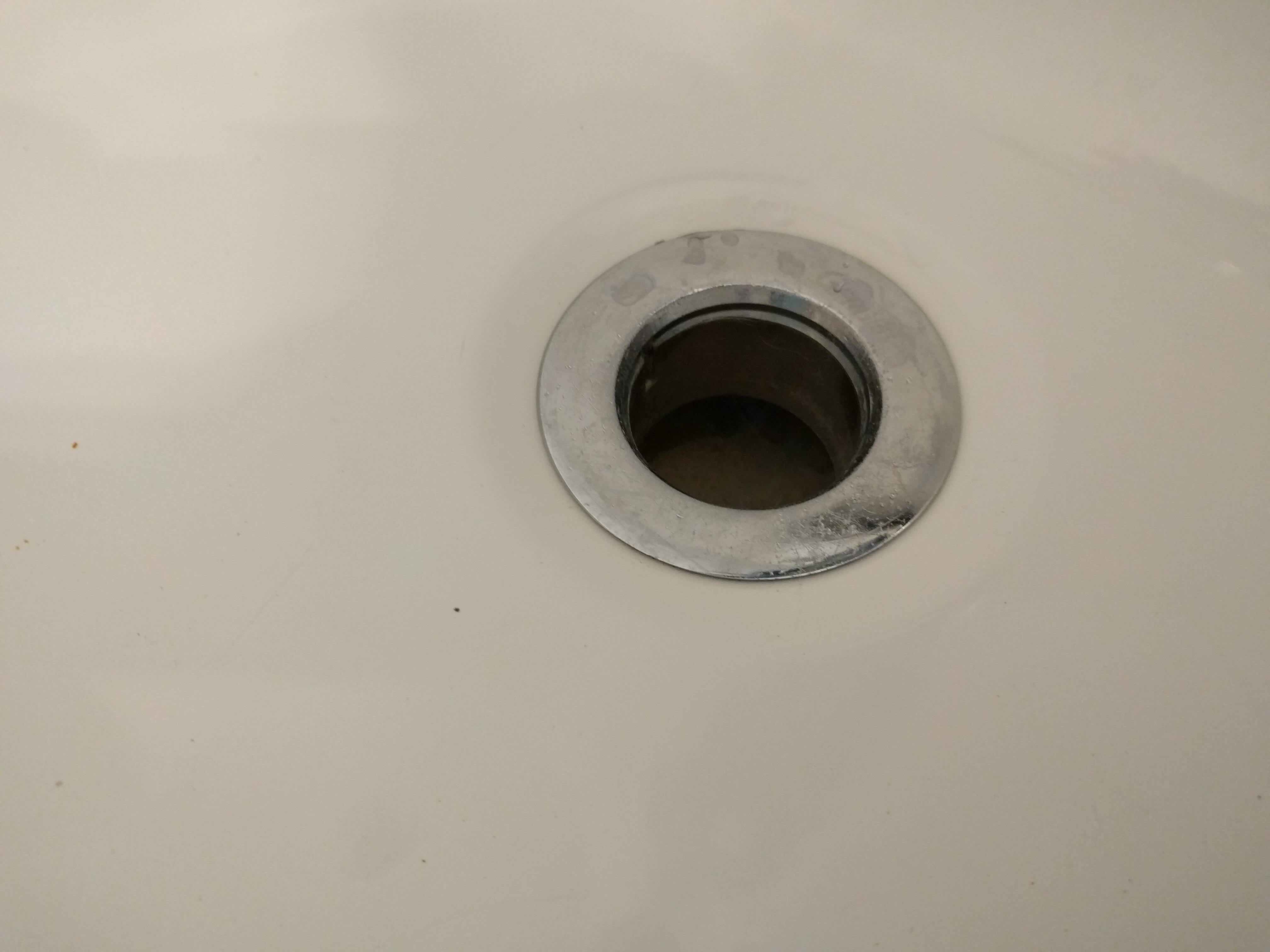
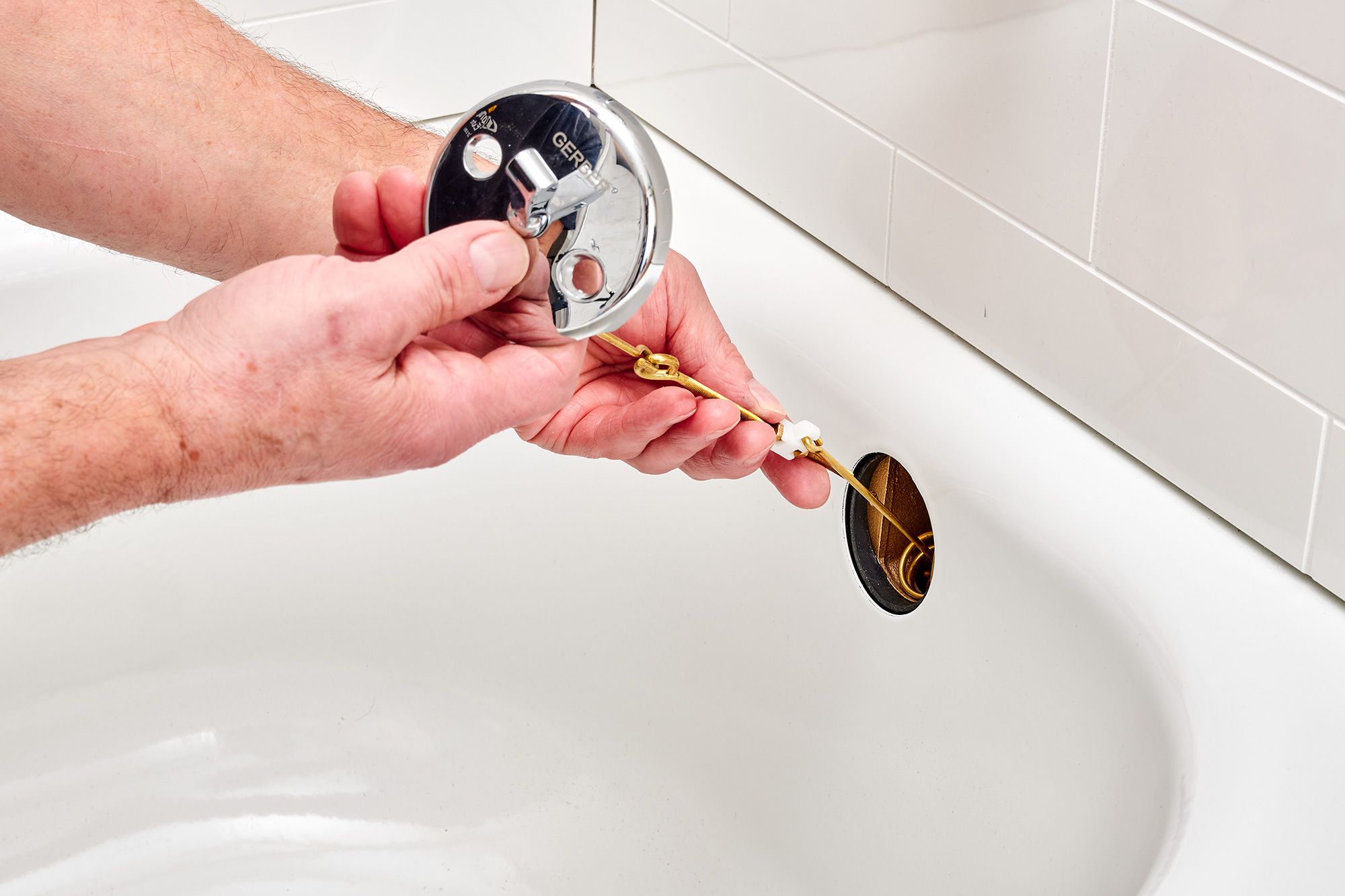
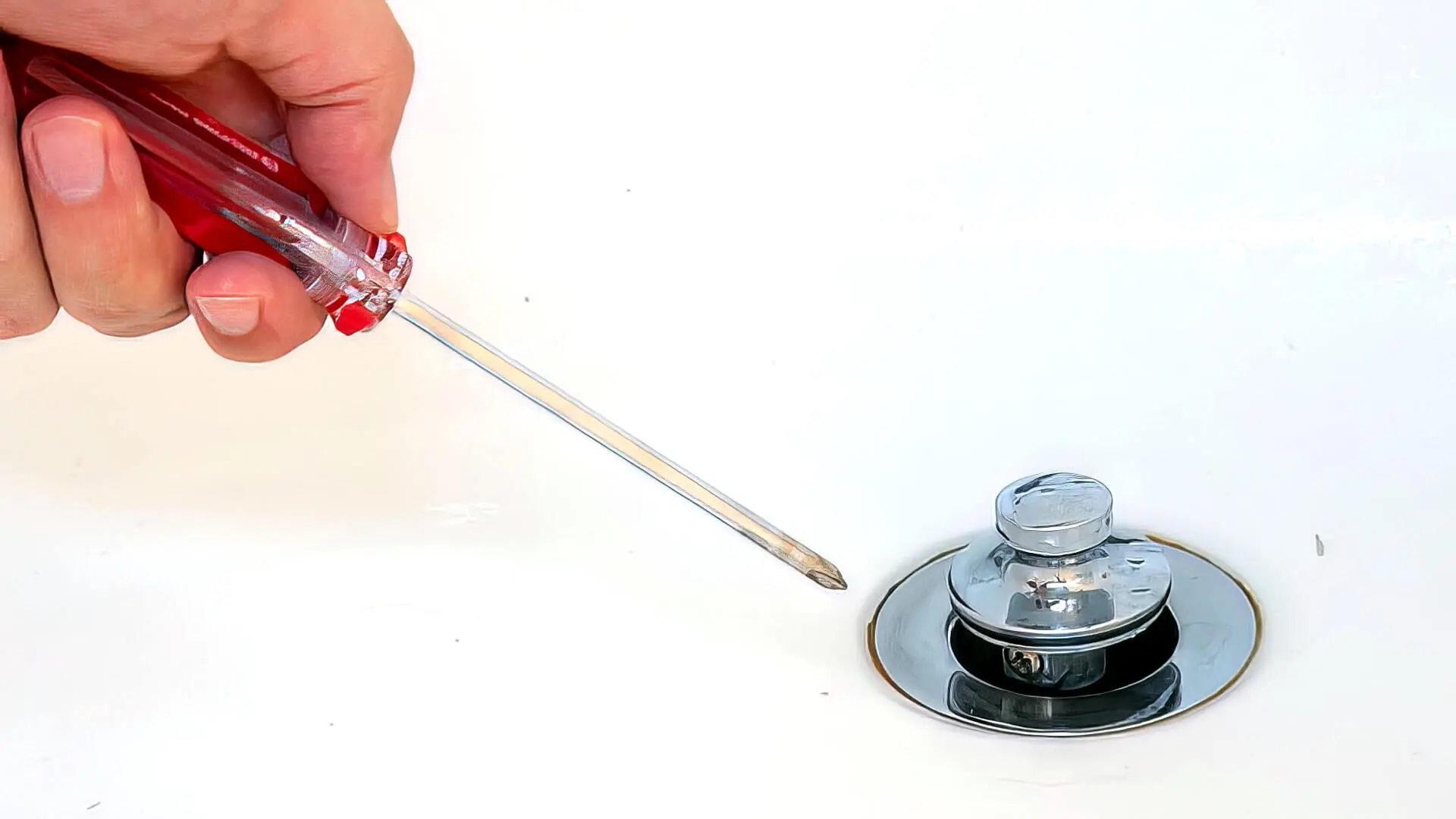
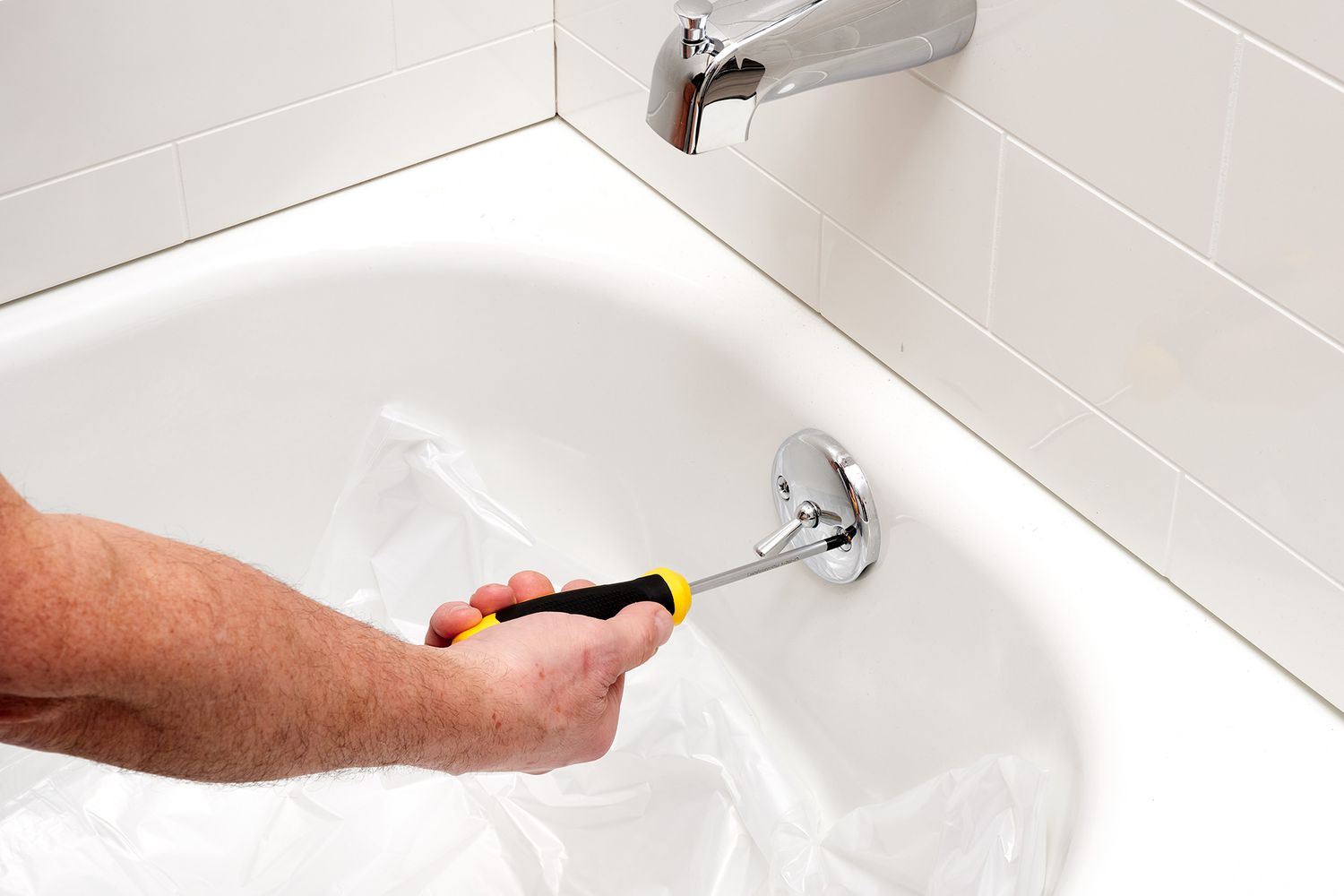
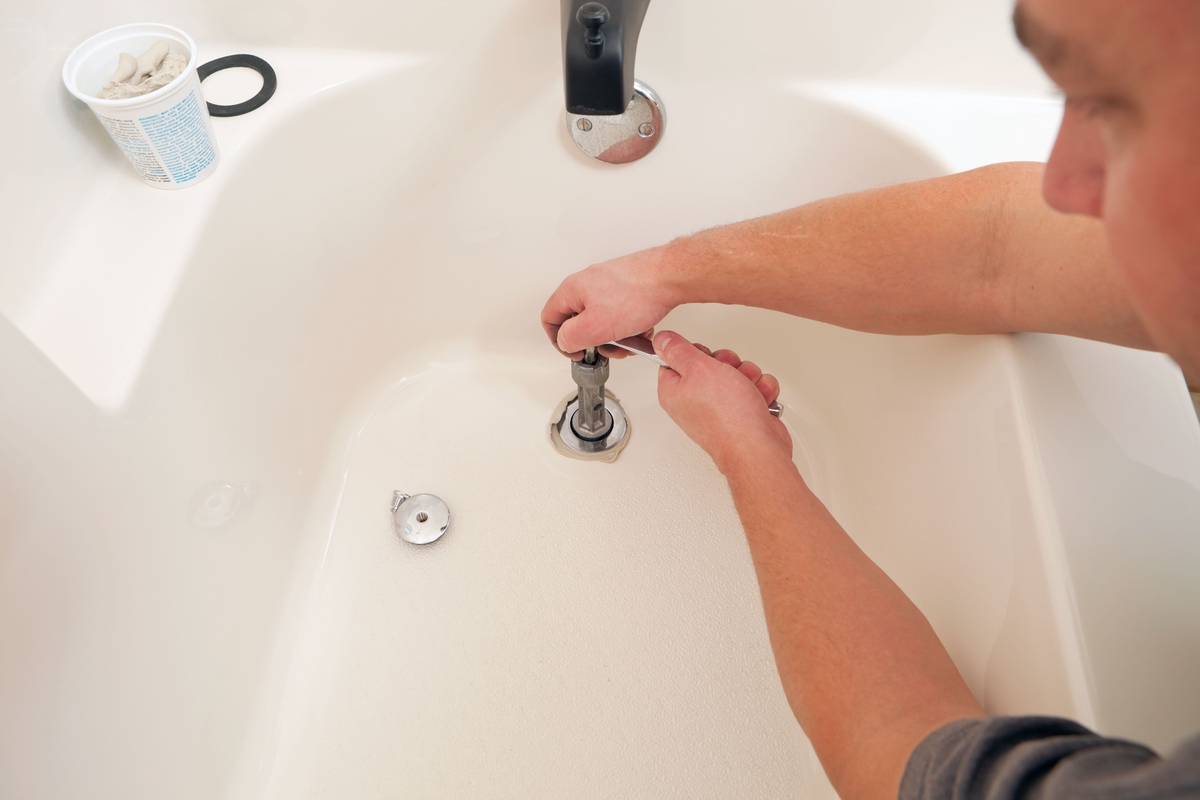
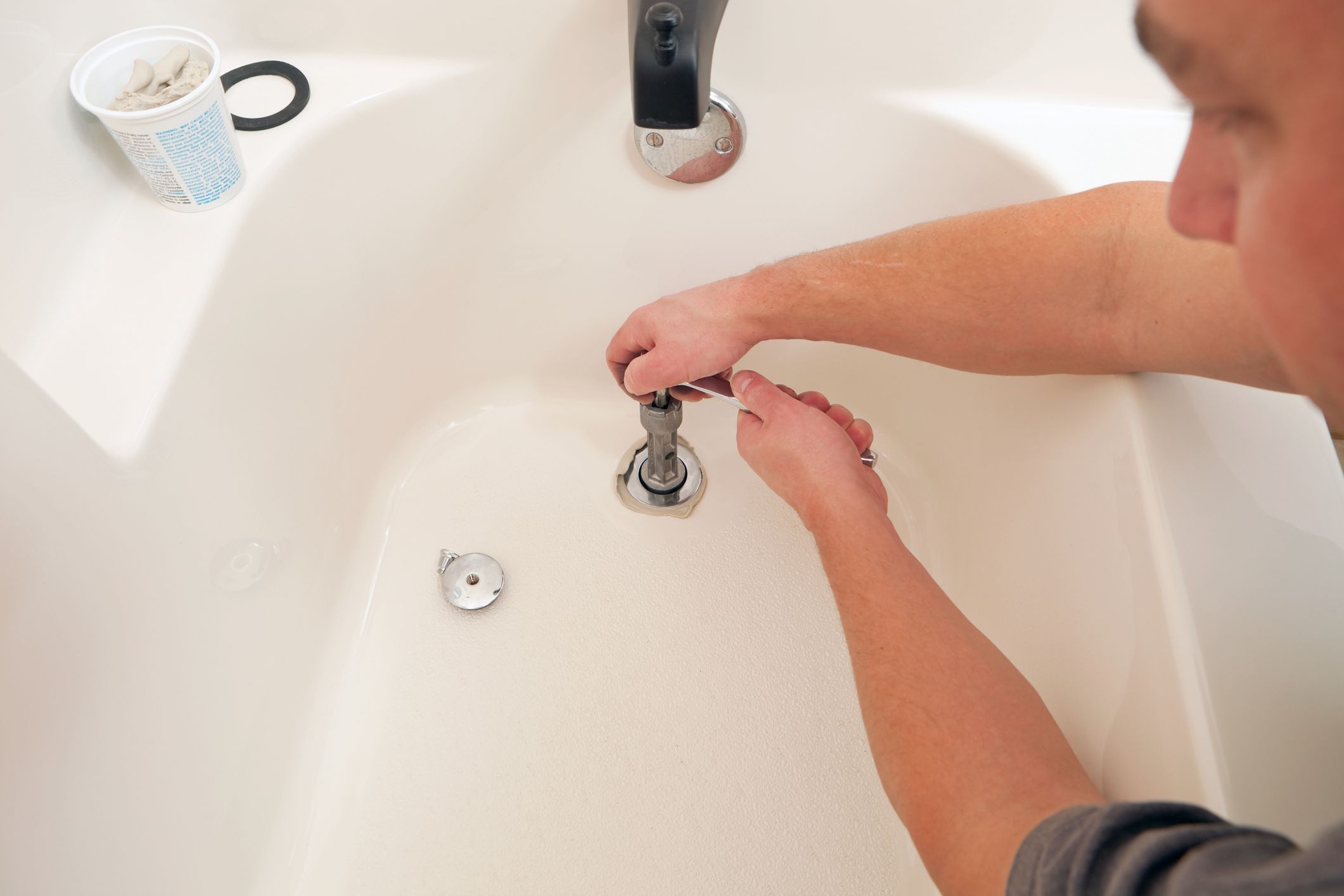

0 thoughts on “How To Plug Bathtub Drain Without Plug”